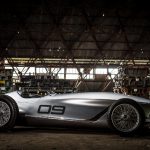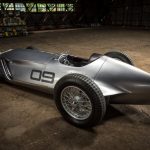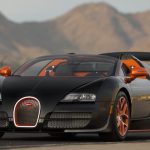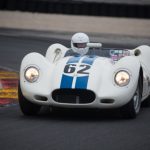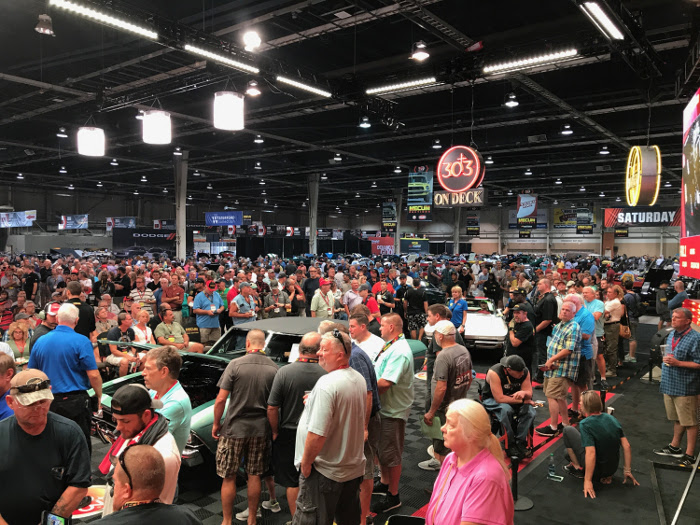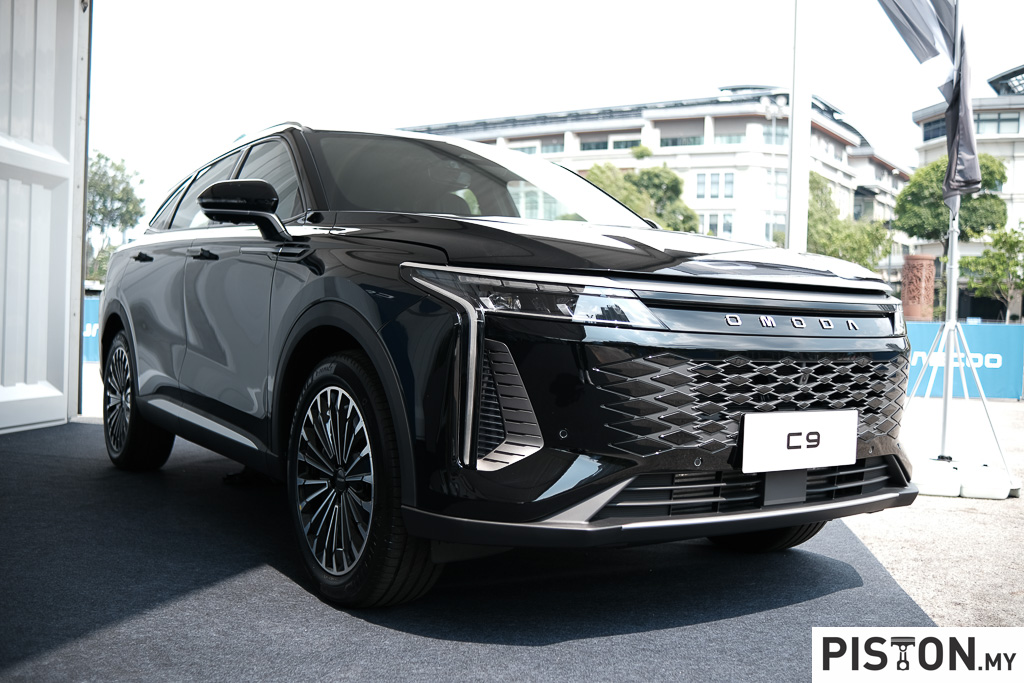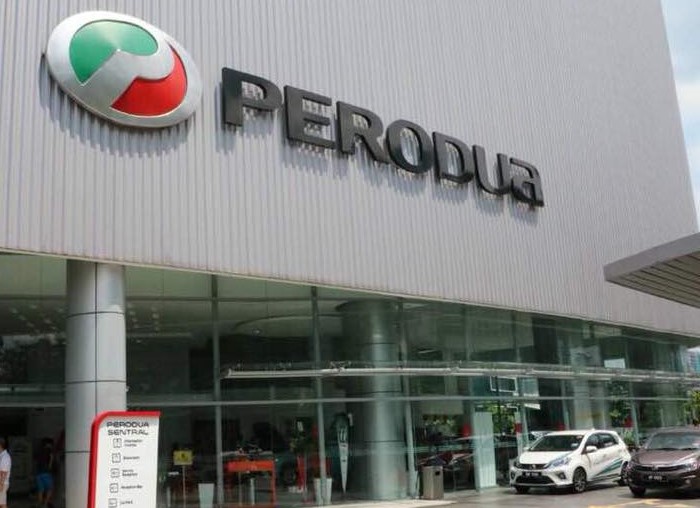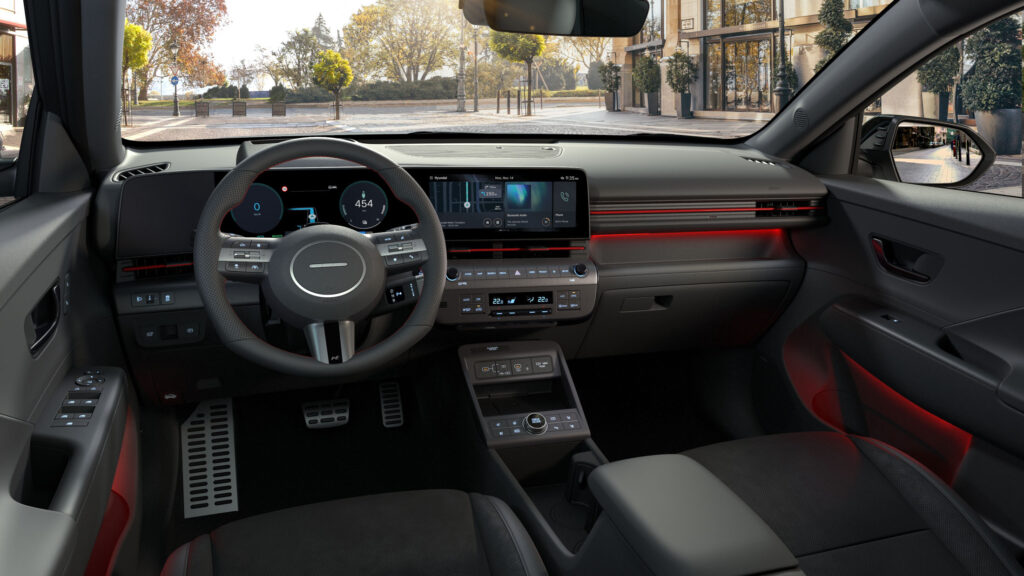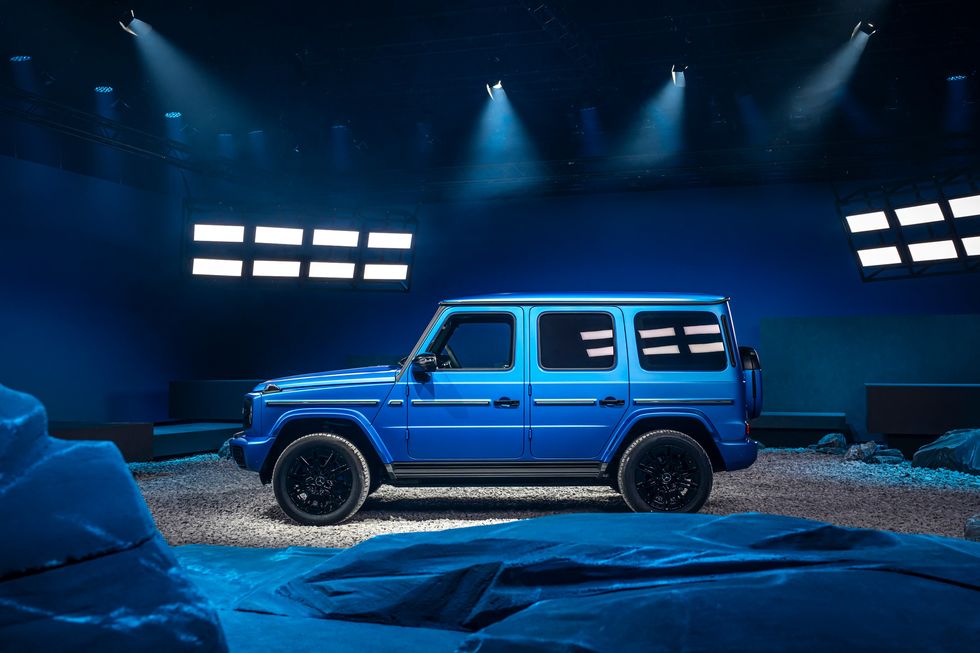The BMW Group, which is comprised of the BMW, BMW Motorrad, MINI and Rolls Royce brands, has announced its recent sales figures. And based on these numbers, we can say that the Bavarian automaker has had a decent run so far.
Compared to the same period last year, the company has managed to sell 1,401,551 vehicles in the first seven months of 2017. This is a 4.3% increase compared to the previous year and in July’17 alone, sales increased by 0.4%.
Speaking of the achievement, Dr Ian Robertson, Management Board Member for Sales and Brand BMW, said, “Following a record first half-year, our sales in July remain at a very high level, with profitability our primary focus.”
He added, “Despite continuing headwinds in the USA, as well as the model changeover of the BMW X3 and the BMW 5 Series in China, we were still able to achieve last year’s high sales levels, due to our policy of balanced global sales growth.”
July also happens to be a great month for the sales of BMW’s electrified vehicles. And since the beginning of the year the company was able to deliver more than 50,000 BMW i, BMW iPerformance and electrified MINI vehicles. This is a 74.8% increase compared to the same period last year.
Currently, there are total of nine electrified vehicles that are made by BMW. This product portfolio and the fact that it has sold a record number of such vehicle this year has made the automaker the 3rd biggest BEV/PHEV manufacturer in the world.
Supporting this notion is the fact that the i3 has been the company’s best selling compact battery-electric vehicle in the premium segment since 2014. These figures are expected to improve even further as car buyers around the world begin to embrace electrified vehicles as the future of personal mobility.
That said, we shall have to wait and see if these sales figures are affected in anyway by the introduction of Tesla’s affordable family sedan – the Model 3. Touted as the affordable Model S, Tesla hopes to reach a much larger customer base with this relatively inexpensive yet premium EV.



















